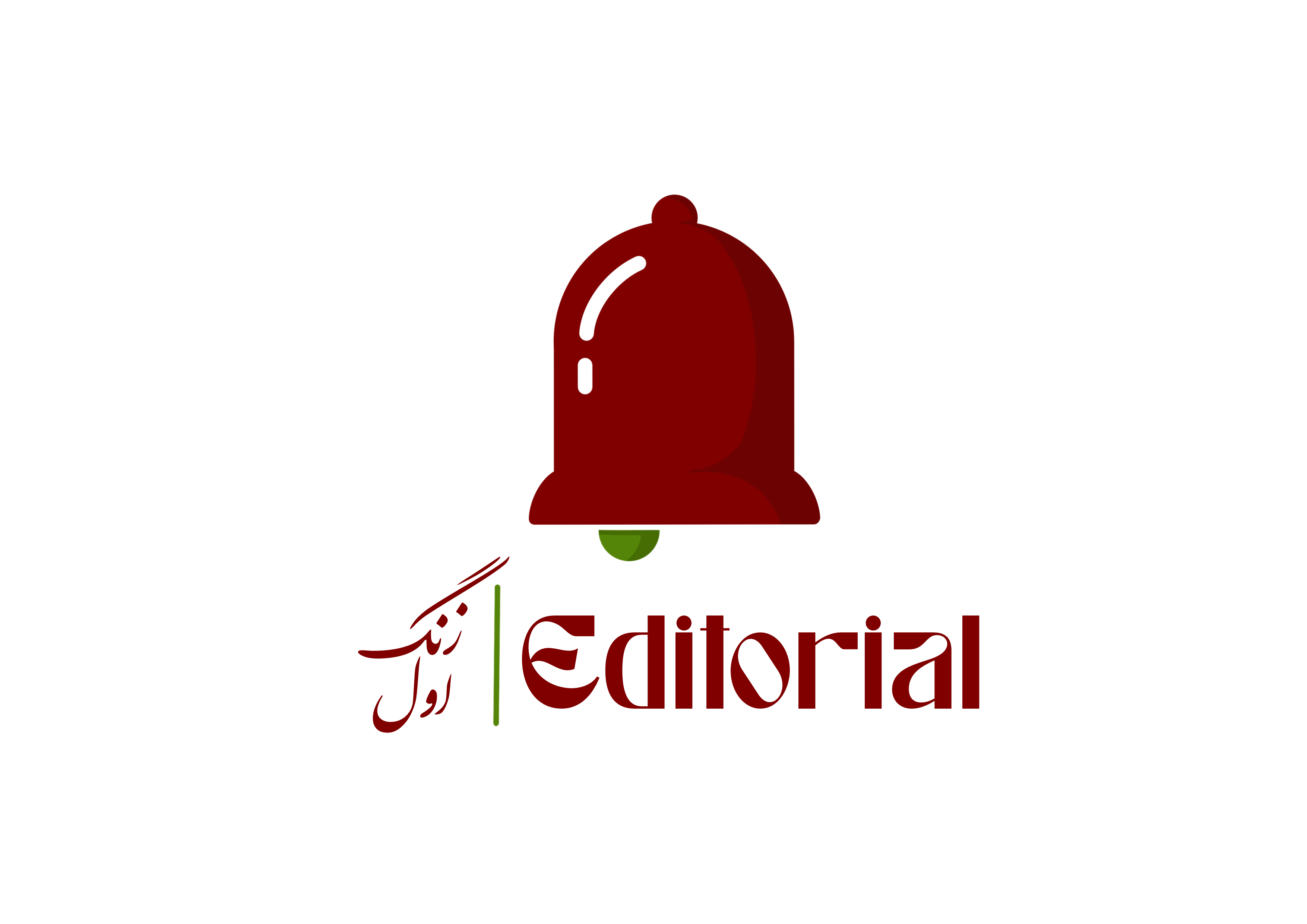When the Taliban militia group first rose to power in 1994, they declared that they had conquered Afghanistan without issuing any written document, such as a declaration or charter, as they believed that in Islam everything was clear. They communicated with each other using the archaic method of exchanging hand–written letters called “porza”, which did not even have a signature or stamp. When they captured Kabul in 1996, they declared themselves as the Islamic Emirate of Afghanistan, accepted some official government protocols, and gradually began using stamps, signatures, and printing, although their main medium of governance remained verbal commands and orders. The only remaining evidence of this period in the archive of the Ministry of Justice is an official gazette containing orders from Mullah Omar and some lower–ranking officials. These orders are almost meaningless, as there is no legal framework in place to support them. In practice, however, the Taliban had ministries, directorates, and institutions, and exercised power using former organizations and systems, without officially confirming past laws and regulations.
For the past twenty years, during the war with the Islamic Republic and foreign forces, the Taliban did not provide a theoretical framework for governance. However, they did have their own shadow government which collected taxes, carried out trials, imprisoned and executed people without any legal documents to rely on; these trials were often full of personal bias and judgement. Each local commander had their own laws and treated their subjects as they saw fit, and all of these unrestrained behaviors and atrocities were justified under Sharia law. When the Taliban came to power for the second time, they inherited a much more complex administrative and legal system, as well as a highly transformed society, which was not possible to govern through verbal commands. Despite this, the Taliban did not introduce a new constitution or present a comprehensive document containing the principles of governance in the Taliban way.
On one hand, Mullah Hibatullah abolished all laws and regulations of the republic era and replaced them with Sharia law, but on the other hand, due to practical needs, they selectively relied on the previous legal and administrative framework. This posed a challenge for the Taliban, as those in the executive branch were aware that a framework must be in place, while those still in Madrassas insisted on replacing all laws and regulations completely with Sharia law. Even some of Hibatullah’s commands were confusing to the Taliban themselves. Given his position in the Taliban administration, Mullah Hibatullah appears to be attempting to introduce the administrative and legal framework of the emirate in collaboration with his fellow clerics and mullahs. However, there are significant obstacles to this, as the existing system and what remains from the past is deeply entrenched. He cannot build his empire without destroying the legal, administrative system and accepted values (education, work, human rights, women‘s freedom, freedom of the press), and it is not easy to do away with all of them at once.
He is attempting to construct something that is not a government, as he wishes to remove people from the equation and replace them with the Ummah. However, the Islamic concept of Ummah is broader than one nation, as it encompasses all devout followers of Islam from any part of the world. This presents Hibatullah with another challenge; how can he reconcile the concept of Ummah with the fixed geographic location of Afghanistan, which is governed by the Islamic Emirate of the Taliban? Furthermore, Hibatullah has absolved the Taliban of providing civil services to the public. In the modern world, delivering services is the primary responsibility of any government, and governments derive their legitimacy from this. However, the emirate that Mullah Hibatullah and his associates are attempting to build removes services from the list of responsibilities of the ruling administration, and forces the relationship between the Taliban and the people to be akin to that of master and slave (tax, soldier and total obedience). These contradictions have caused much confusion among the Taliban and the people alike.
We are attempting to introduce, critique, and analyze the Taliban at 8am. Recently, a comprehensive meeting report of Mullah Hibatullah‘s meeting was received by 8am, which provides insight into his views on topics such as administration, governance, jihad, and the internal differences of the Taliban. As we analyze the meeting minutes, we are utilizing reliable sources to create a comprehensive report, research, and analysis in Farsi, Pashto, and English. This research package will be published later today.












